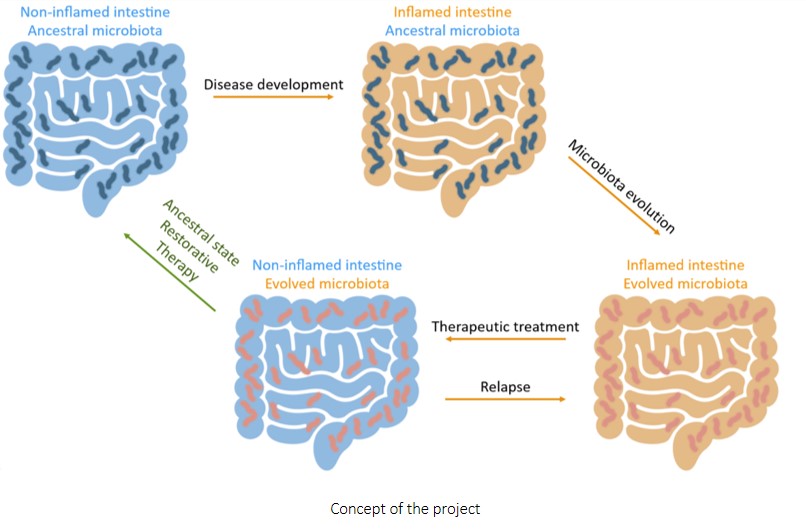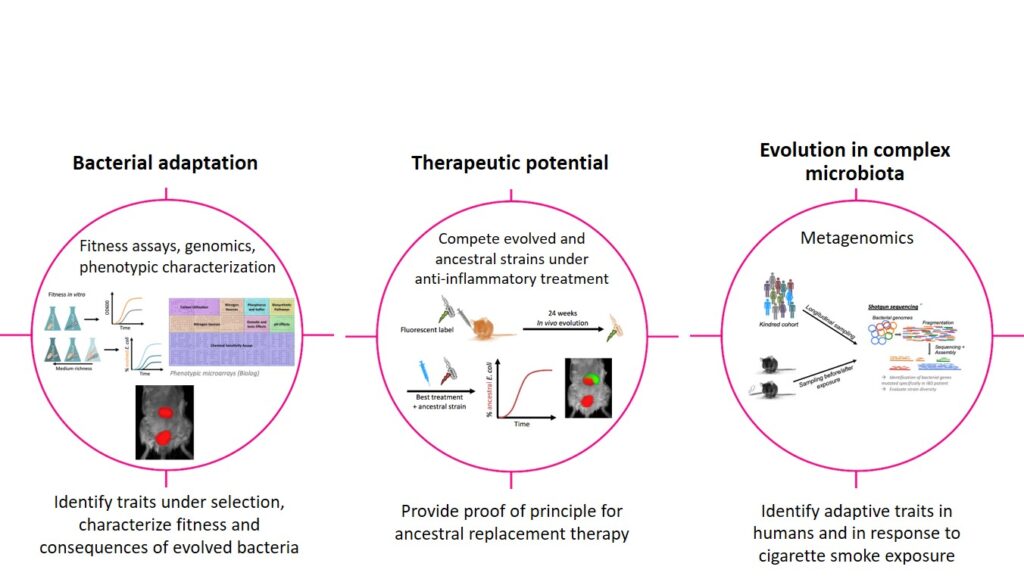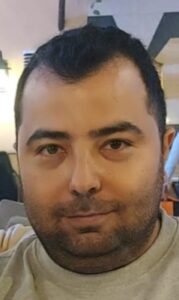Bacterial evolution during chronic inflammation and its potential for ancestral state restorative therapy

Introduction
The overall goal of this study is to understand how bacteria evolve during chronic inflammation and to develop and apply innovative imaging methods to characterize adaptive traits. The inflammatory environment of the intestine during IBD imposes a selection pressure that markedly differs from a healthy intestine. Although we know of bacterial species that are found in IBD patients and healthy individuals, we lack information on the adaptation of these species to chronic inflammation. We will thus establish a unique model system and combine state-of-the-art genomics and imaging with culture-based microbiology techniques to study bacterial evolution during chronic inflammation.

Aims
Main aims of this project are
- to explore whether chronic inflammation triggers the evolution of particular traits among resident microbes,
- to explore their consequences on the microbes’ fitness, disease course and severity, and
- to explore their therapeutic implications.

Outlook
In the long-term, we aim to further experimentally characterize evolution during inflammation in the complex communities of IBD patients. In particular, we aim to develop humanized gnotobiotic mouse models in order to test inflammation-adapted versus ancestral traits among the bacterial strains identified in our high-resolution metagenomic analyses. This will be used to perform first proof-of-principle preclinical trials for “ancestral replacement therapy” in IBD.
We envision that the imaging methods that are explored in this project will be made available routinely to the entire RU in the future. At this point the RU miTarget collaborates with the Emmy-Noether-Group of PI Hoevener: Metabolische und molekulare MRT mittels hyperpolarisierter Moleküle.








